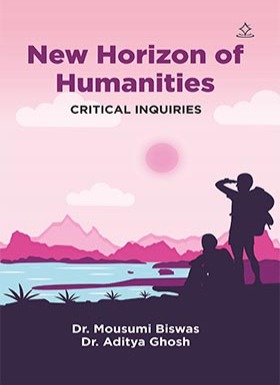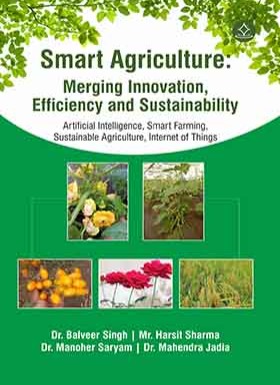


ISBN : 978-93-6087-813-9
Category : Academic
Catalogue : Social
ID : SB21143
TOBACCO & PUBLIC HEALTH
Tobacco and Community Well-being: A Worldwide Health Crisis
DR. SANDIP KUMAR SINHA, DR. RANABIR PAL, DR. AMRITA GHOSH, DR. RISHABH KUMAR RANA
Hardcase
1500.00
e Book
499.00
Pages : 238
Language : English
About Book
This book is widely encircling the several characteristics of tobacco control with particular reference to global scenario. Globally the evidences on widespread tobacco habits, health hazards and environmental hazards are mainly due to tobacco use, passive smoking and its impact. The economics of tobacco, worldwide legislation to control tobacco, the tobacco cessation services and the way ahead for effective tobacco control are elaborately present in this book. Consuming any types of tobacco products (smoking and smokeless) troubles nearly each and every organ in the body and intensificify the risk of heart disease, stroke, lung diseases, liver disease, immune dysfunctions, inflammations, and many types of cancer. Nicotine present in tobacco product is highly addictive and tobacco use is a major risk factor for cardiovascular and respiratory diseases, over 20 different types or subtypes of cancer, and many other debilitating health conditions. Tobacco is a leading preventable cause of death, killing nearly 6 million people worldwide each year. It is one of the primary causes of death and disease in India and accounts for nearly 1.35 million deaths every year. In terms of consuming and producing tobacco products, India is also the second largest country globally. Whereas more than 16 million of adults in the USA have a disease caused by smoking cigarettes, and smoking-related illnesses lead to half a million deaths each year. It was observed that most tobacco-related deaths occur in low- and middle-income countries, which are often targets of intensive tobacco industry interference and marketing. Tobacco contains nicotine can also be lethal for non-smokers. Second-hand smoke exposure has also been concerned in adverse health effects, causing 1.2 million deaths per year. Approximately half of all children breathe air polluted by environmental tobacco smoke (ETS) and 65 000 children die each year due to illnesses related to second-hand smoke. A report in 2019, it was r
Customer Reviews




